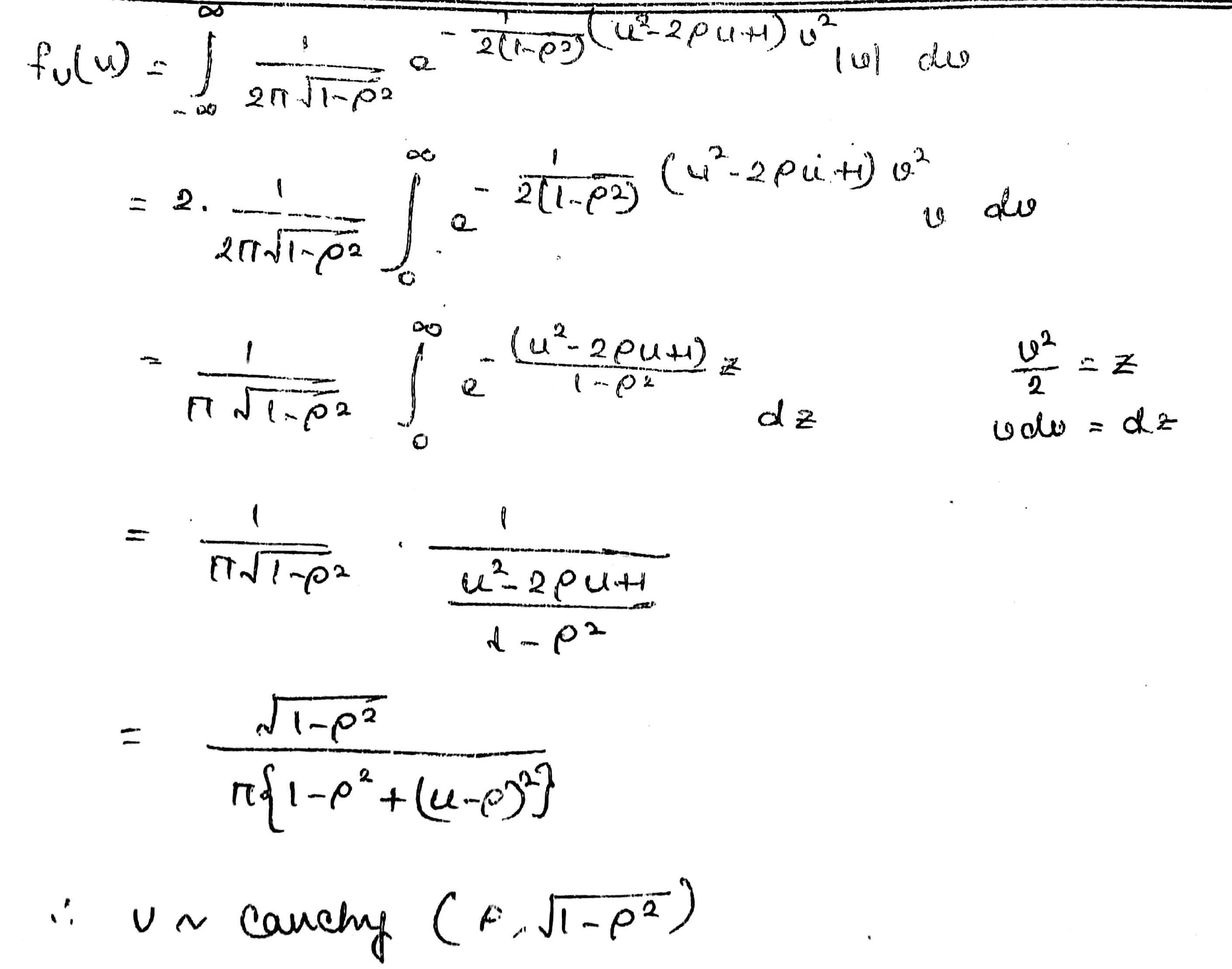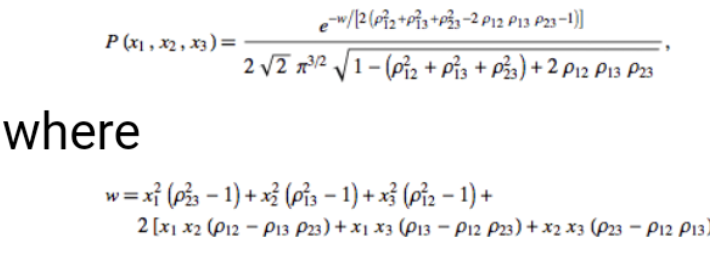Let $(X_1,X_2,X_3)\sim N_3\left[\mathbf0, \begin{pmatrix}1&\rho_{12}&\rho_{13}\\\rho_{12}&1&\rho_{23}\\\rho_{13}&\rho_{23}&1\end{pmatrix} \right]$
Show that
(i) $$P(X_1>0,X_2>0,X_3>0)=\frac{1}{8}+\frac{\sin^{-1}\rho_{12}+\sin^{-1}\rho_{13}+\sin^{-1}\rho_{23}}{4\pi}$$
(ii) $$1+2\rho_{12}\rho_{13}\rho_{23}\ge \rho_{12}^2+\rho_{13}^2+\rho_{23}^2$$
My problem: I was solving test papers when I found this..
I had this sum done for a Bivariate Normal Distribution.
(X1, X2)~ BN( 0, 0,sigma_1^2, sigma_2^2, rho )



I know the formula of a Trivariate Normal Distribution.

How can I prove the given relation (i) in the question, in a method like the Bivariate one was solved ?
And how do I solve part (ii) ? Please help. Thank you.
